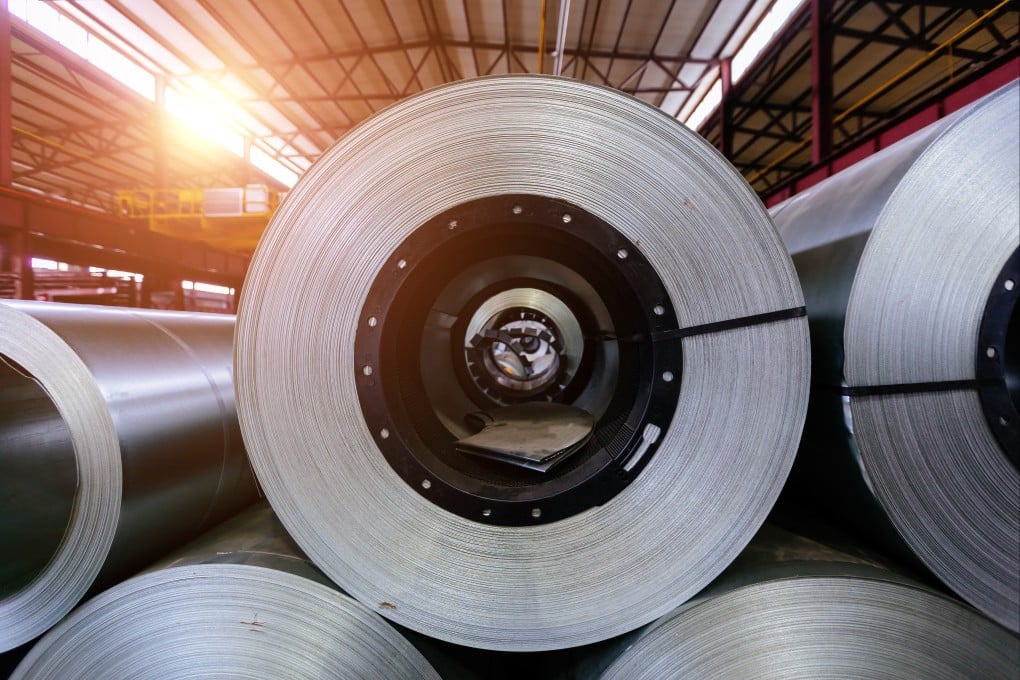‘Green steel’ is still decades away in Asia as hydrogen struggles to replace coal-fired furnaces, says mining giant BHP
- The youth of the region’s blast furnace steel plants makes it difficult to justify the costs of converting to hydrogen-enabled facilities
- Steel contributed 15 per cent of China’s carbon dioxide emissions, the second-highest proportion after the power generation sector

“The adoption of hydrogen in steel making – the replacement of blast furnace iron with direct reduced iron – is something possible in the future,” he said. “However, we don’t think that is something that is going to happen in material quantities in this part of the world for another few decades. The reason is just costs.”
For DRI to be economically sustainable in Asia, the price of each tonne of carbon dioxide emitted would need to rise to US$100, and the price of green hydrogen fall to US$1 per kilogram, he said.

The cost of green hydrogen, made by splitting water into oxygen and hydrogen using renewable energy, could take until 2050 to fall to US$0.7-US$1.60 per kg in most parts of the world, from US$2.5-US$4.5 in 2019, according to BloombergNEF, a clean-energy industry data provider.
